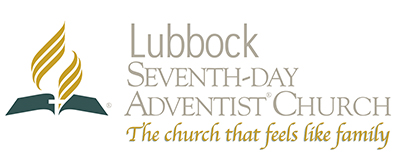As Jesus illustrated the principles
that He wanted His hearers to
understand, He often used stories
of common, everyday things to
help communicate the truths of
His message. Those who heard
Him teach were even able to
witness what He was describing
as they listened. Jesus was speaking
wherever He went about a new kingdom, and a new
understanding of the way God connects with His people,
and those who heard Him were captivated.
These stories that Jesus used are called parables and their
use was widespread during the time of Jesus’ ministry,
especially among the rabbis. One definition of a parable is
that it is “an earthly story with a heavenly meaning.”
Parables were used to illustrate a greater point and were
not meant to be interpreted literally. Jesus’ parables were
different from those of the rabbis, whose parables were
often obscure attempts to prove some theological point
from the Mosaic Law.
Jesus used everyday situations and common objects as the
foundation for His illustrations. His parables were more
vivid and relatable, they often had elements of shock and
surprise, perhaps even a punchline. It was not uncommon
for Him to end His illustrations with a statement that was
really the bottom line most important ‘take away’ of His
message. We will consider a parable in our study this
week that uses such a punchline.
This is the time of the year when we see the signs that
the season for planting has arrived. All around the fields
have been plowed and prepared for the seed that will be
buried there in anticipation of the promise of God’s faithful
miracle of bringing them to life. They will grow into
their respective types of living things and they will bear
their fruit assuming that all the conditions are right for
their benefit along the way.
It is also at this time of year that we find ourselves feeling
grateful for the farmers who continue to trust that the
seasons will be as God has ordered them to be. May He
bless their efforts this year, once again.
Warmly,
Pastor Phil, Interim Pastor

Recent Comments